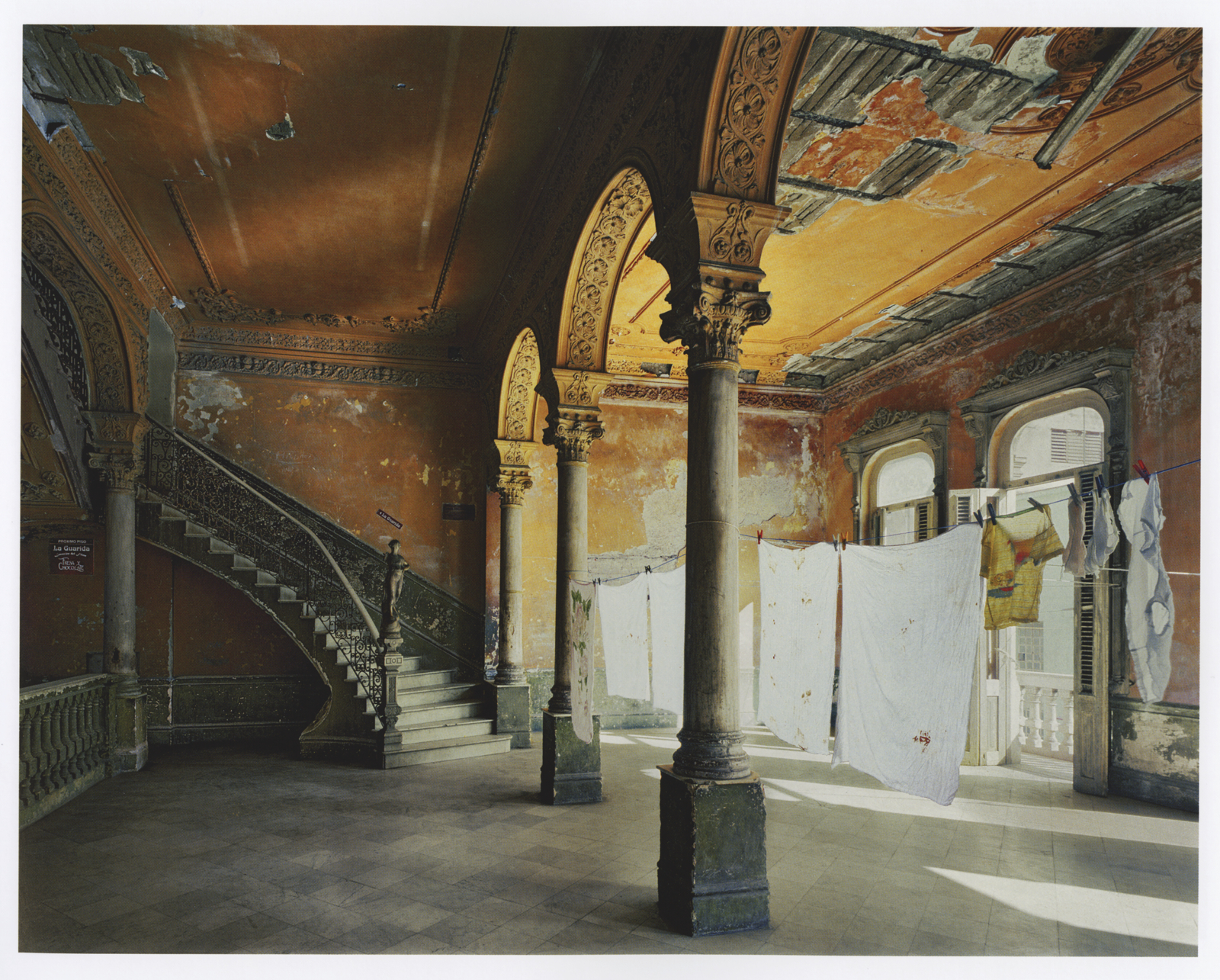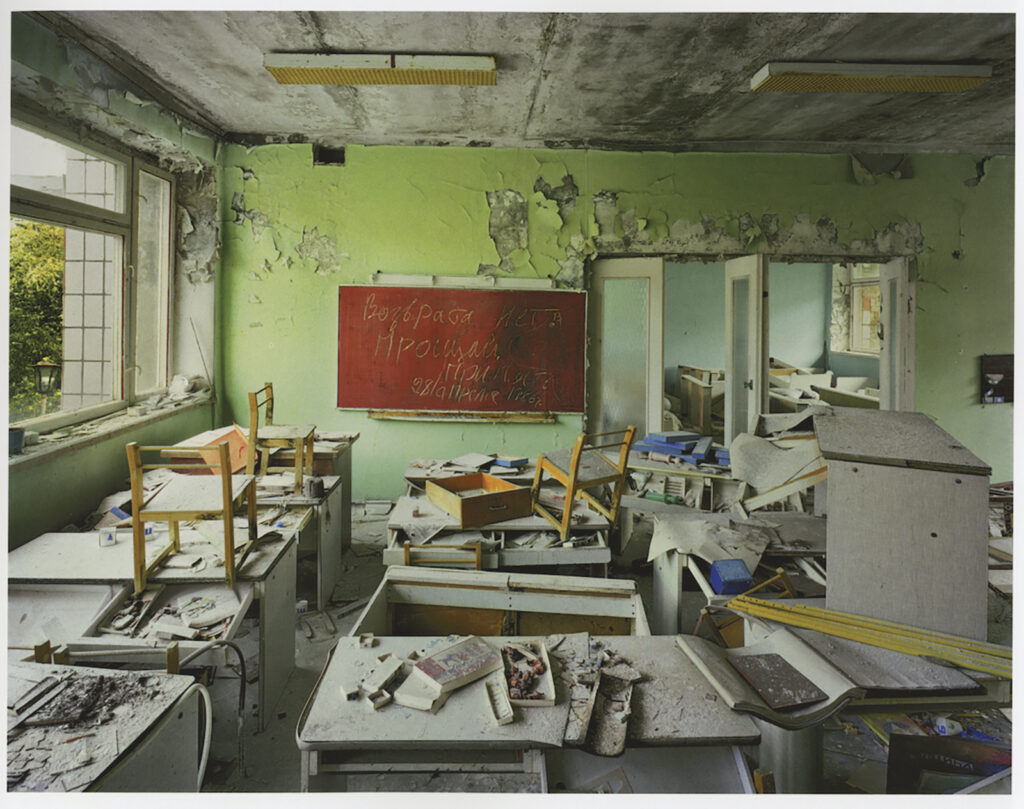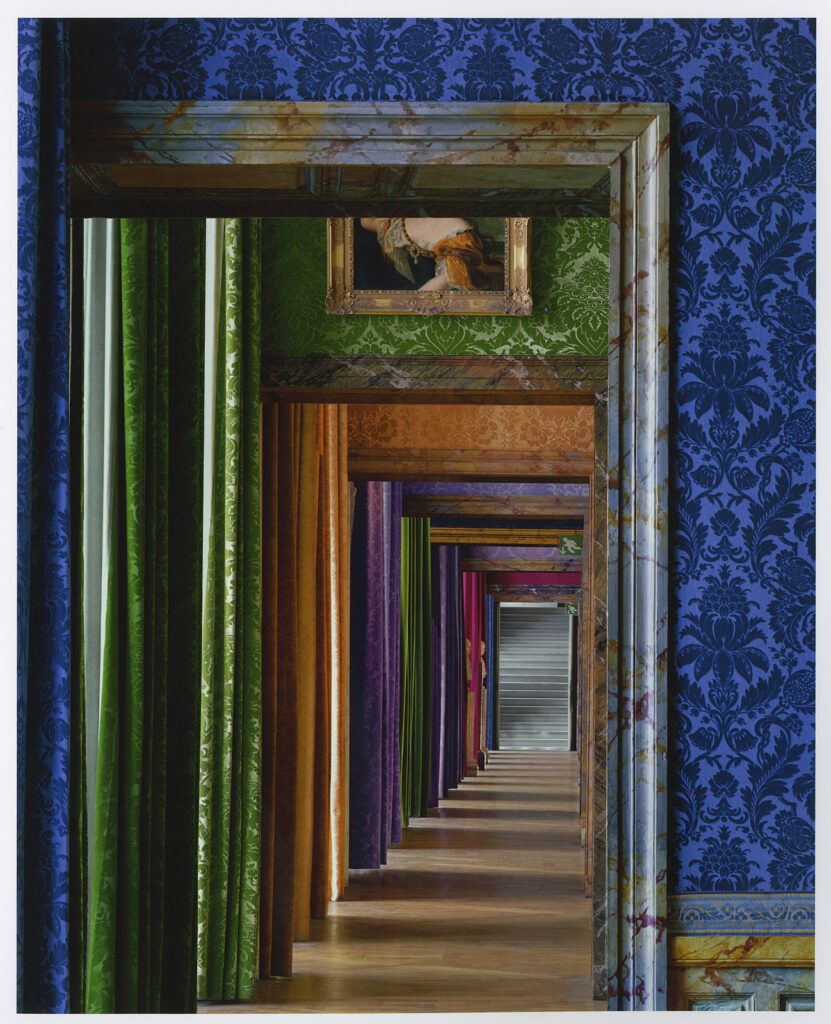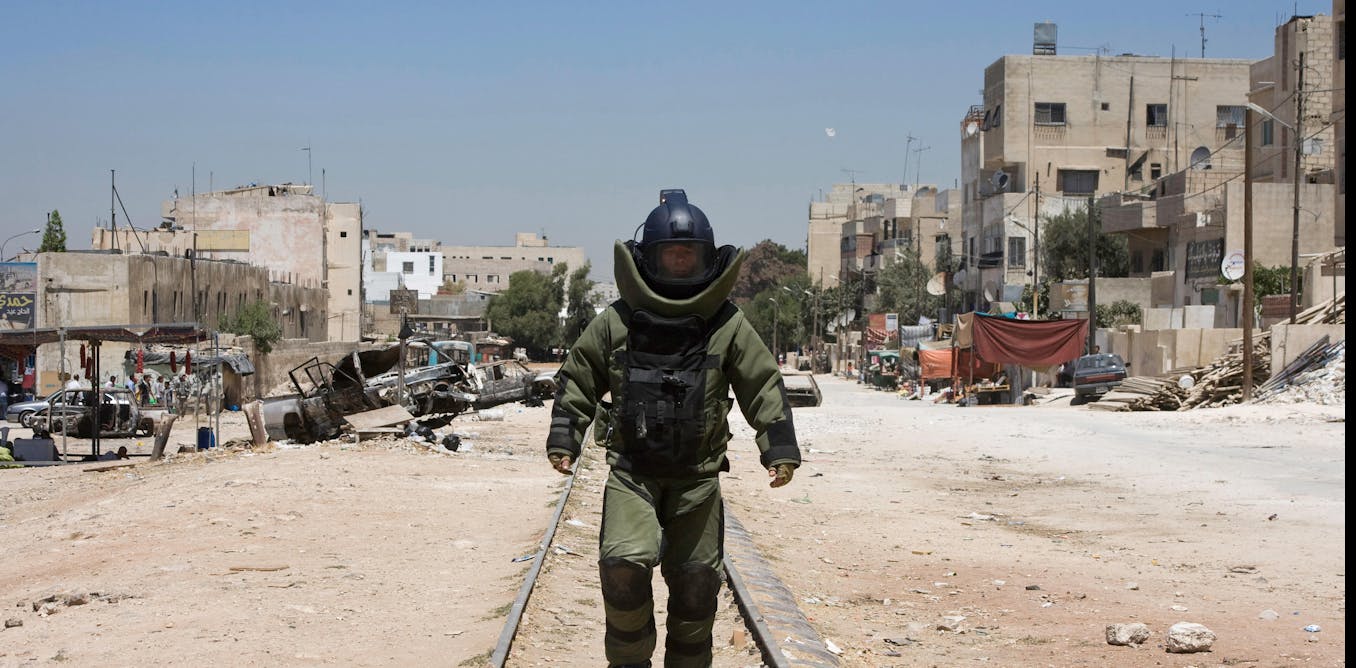Briscoe Center’s New Acquisition will be a Mecca for Architectural and Urban Environmental Investigation
4 min read
When Steven Hoelscher saw Robert Polidori’s pictures for the 1st time, he was blown away. The images, depicting the devastating flooding and ruins in New Orleans in the wake of Hurricane Katrina, arrived on his doorstep in an early January 2006 problem of The New Yorker, wherever Polidori was a workers photographer.
Hoelscher, a UT professor, was so moved by the pictures that he incorporated the write-up into his Introduction to American Studies course.
“At minimum a era of pupils taking that training course grew to become common with that significant perform,” states Hoelscher, who also serves as affiliate dean for educational affairs in the College of Liberal Arts and faculty curator for pictures at the Harry Ransom Centre.
And now, thanks to some anonymous donors, generations of college students and scientists to arrive will be able to investigate the entire breadth of Polidori’s portfolio. In June, the Dolph Briscoe Middle for American Background been given the archive of additional than 85,000 prints by the acclaimed architectural and urban environmental photographer. The Chicago-location philanthropists powering the gift attained out to govt director of the Briscoe Centre, Don Carleton, following recognizing the center’s hard work in amassing and archiving get the job done of documentary photographers.

“We’re fascinated in his images as historic proof, and he is a realist in terms of his pictures. He does not develop an artwork print that is not actuality,” Carleton states. “He photographs authentic locations, many of which no for a longer period exist. So those images themselves are historic paperwork.”
In addition to Polidori’s noteworthy perform in New Orleans, his subjects involve Chernobyl, Pompeii, Versailles, and Havana. His pictures display human habitats and environments, though usually devoid of human beings, rather showcasing interiors and exteriors of buildings with exact depth.
Curator emerita of the Museum of Wonderful Arts in Houston, Anne Wilkes Tucker, describes Polidori’s pictures as “absent of human bodies,” but not absent “of the existence of people who inhabited those places.”
Polidori’s operate has been shown all around the entire world, in museums such as the Metropolitan Museum of Artwork and the Museum of Modern Artwork New York, and intercontinental cities like London and Paris. Now, his photographs will not only dwell in the artwork world—they will be preserved as heritage.

“I’m honored that my entire body of do the job will be a component of the Briscoe Center’s photographic collection,” Polidori said in a press release. “It is of unique significance to me to have my archive at an institution that values photos as evidence of heritage.”
The selection, composed of images taken throughout his practically 40-year career, consists of extra than 53,000 color get in touch with prints and 20,000 Polaroid film prints, 11,000 evidence prints, 37 substantial-format exhibition prints, and paper resources collectively truly worth upward of $30 million. The prints will sign up for the more than 8 million photos by now in the Briscoe Center’s archive, but undoubtedly won’t get shed in the mix—some of the exhibition prints span up to 5 ft tall and 6 ft extensive.
“The thing that initial draws you in is they are big prints,” Tucker says. “When you’re in a museum or gallery placing, you’re just drawn in by the beautiful color, by the scene. But when you start off seeking at them, the juxtaposition of facts and his perspectives make you examine the total picture frame. Because there is facts, there is information and facts corner to corner that will interact you if you get the time.”
Scientists like Hoelscher are eager to probe into the archive not only to research Polidori’s approach through the thousands of prints, but also to assess the topics of the images and study about distinctive environments of the previous.

“We’ll be in a position to look back at all these essential sites that he’s visited close to the planet, and through his just about unparalleled ability to capture element in broad spaces, both equally indoors and outdoors, I believe we’ll get a great sense of what these areas had been like and how they transformed about time,” Hoelscher suggests.
While the Briscoe is in the center of processing and preserving the 1000’s of artifacts contained in the collection, the centre is discovering the probability of producing an show so the public can acquire accessibility sooner. As to what every single particular person may get absent from finding out the perform, Tucker claims we can only guess.
“That’s the exciting part, you in no way know what long term historians are likely to go digging for,” Tucker suggests. “We’re all digging into the exact selection, but it just depends upon what the viewer needs to review in depth. With the form of variety that the Briscoe is setting up, it’ll be excellent. It’s a gold mine of info.”
Credit score: Robert Polidori Archive, Briscoe Center, College of Texas at Austin. © Robert Polidori





